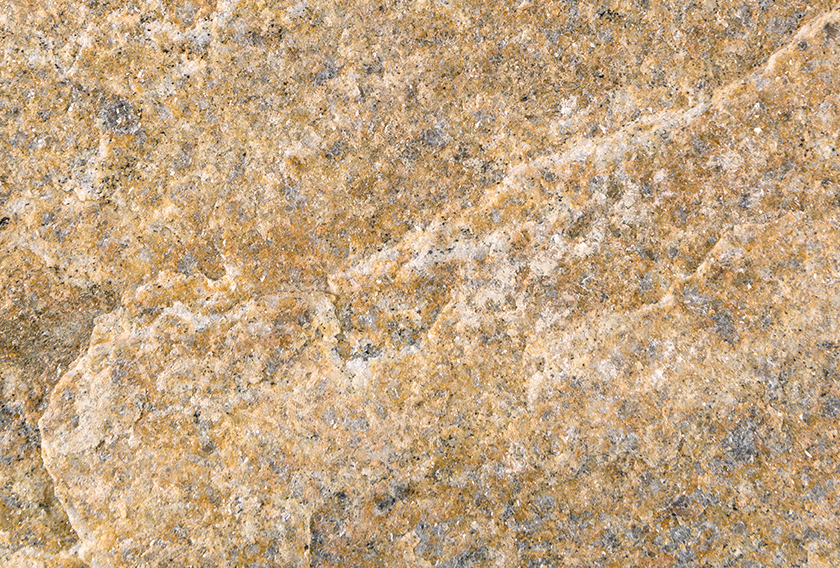
Gneiss is a natural stone composed of the same minerals as granite (quartz, feldspar and mica) but with alternating bands of light and dark minerals. This coarse-grained metamorphic rock is sually used for exteriors. In this article, you will find out everything you always wanted to know about this natural stone.
GNEISS: FORMATION AND TEXTURES
Gneiss is one of the most common stone on Earth’s surface. The minerals are arranged into layers that appear as bands in cross section. The darker bands have minerals such as magnesium or iron and lighter bands contain silicate minerals (aluminium, sodium, potassium, etc). Although gneiss and granite have similar properties (resistance, hardness, durability), they have different textures and finishes. The foliated texture of this stone combines light and dark minerals. The colors are very variable, generally alternating lighter and darker discontinous bands (white, pink or grey).
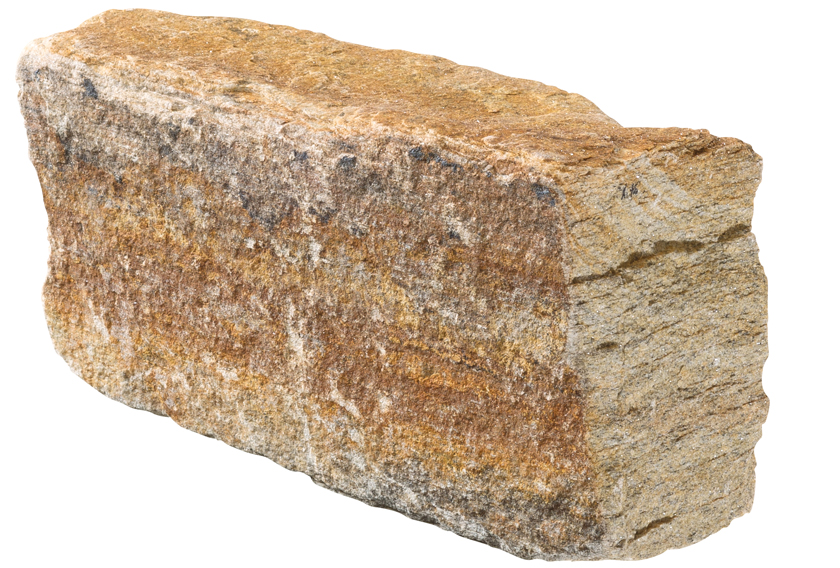
WHERE CAN GNEISS BE USED?
Gneiss is an incredibly versatile natural stone that brings both strength and elegance to a wide range of architectural and landscaping projects. Its unique texture and rich color variations make it a popular choice for both indoor and outdoor applications.
Indoors, gneiss is commonly used for:
- Kitchen countertops, offering exceptional heat resistance and visual appeal.
- Bathroom vanities and wall cladding, adding a natural, luxurious touch.
- Flooring, thanks to its durability and slip resistance.
- Fireplaces, accent walls and decorative features, where its layered structure creates visual depth and warmth.
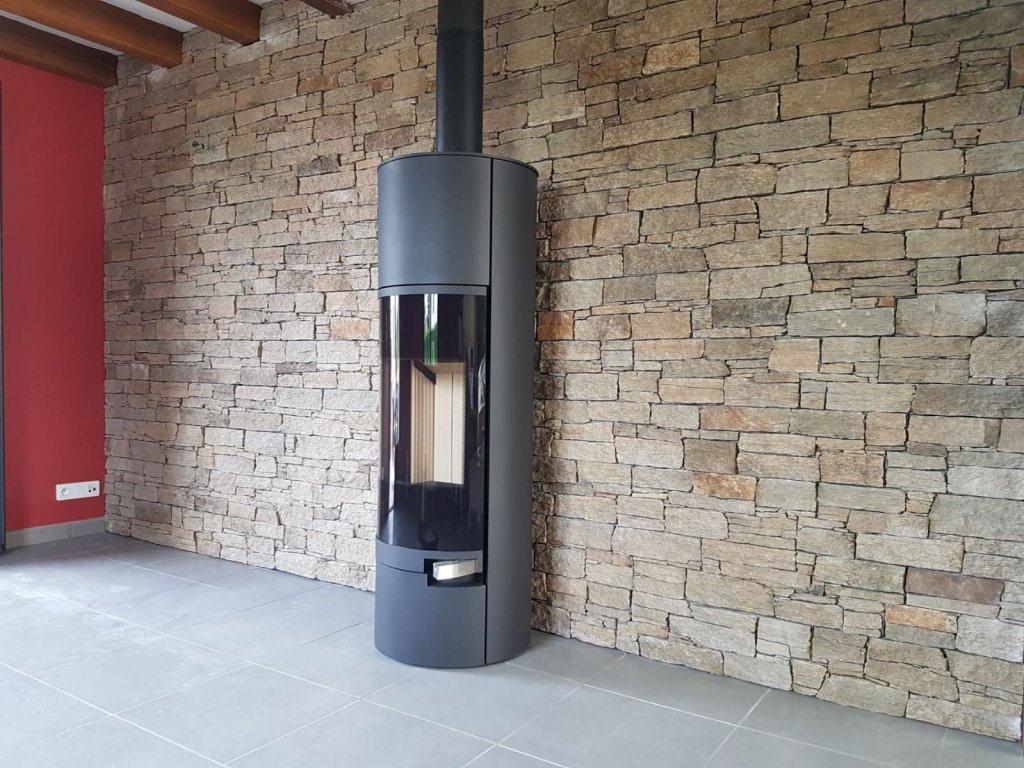
Outdoors, gneiss is ideal for:
- Facades and exterior cladding, combining weather resistance with timeless style.
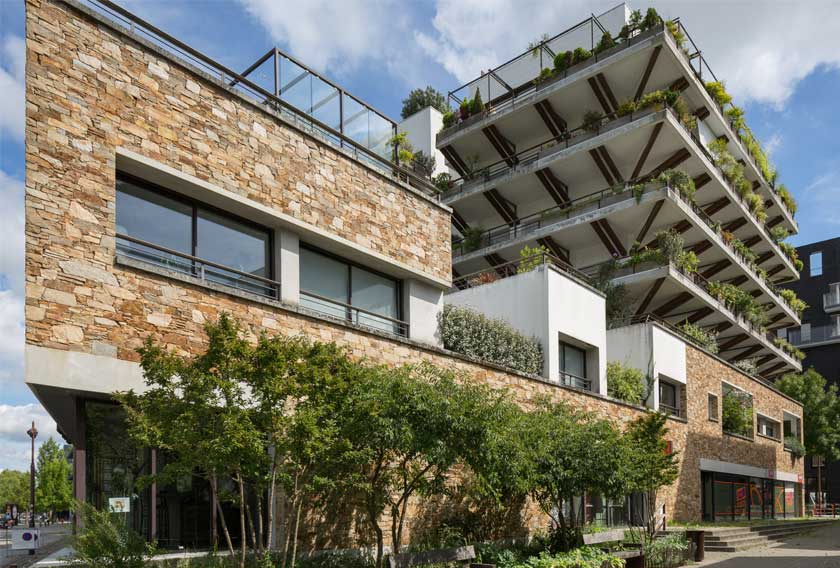
- Garden and landscape design, including retaining walls, benches, planters or edging.
- Paving and walkways, where its high compressive strength ensures long-lasting performance.
- Building stone for structural or aesthetic use in traditional and contemporary architecture.
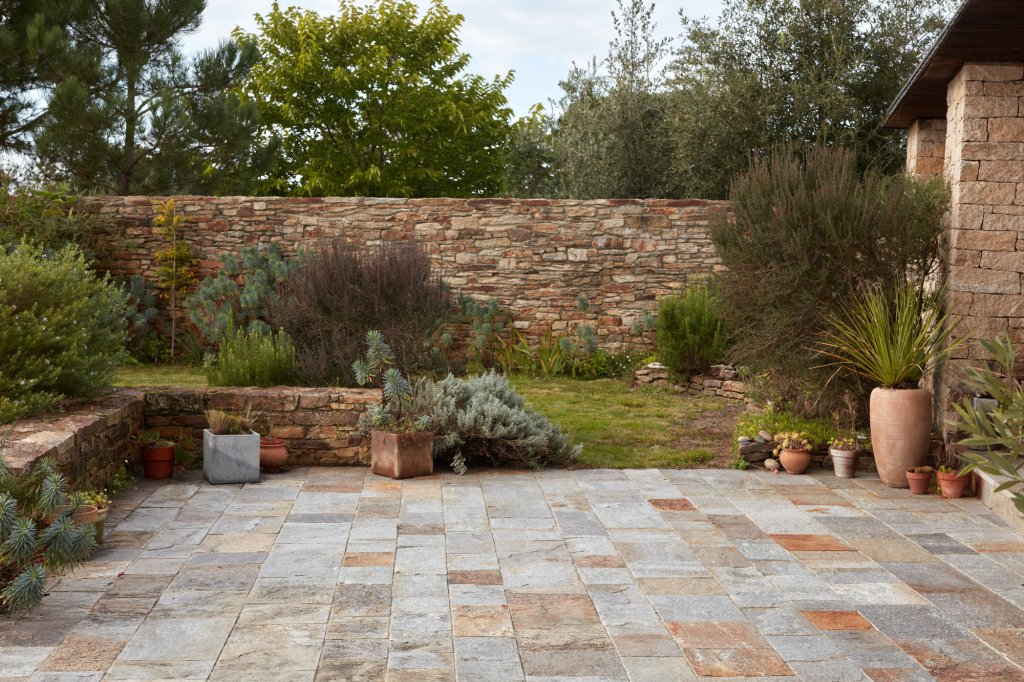
Used since antiquity in monumental constructions, gneiss has proven its value over centuries — and it continues to be a go-to material for architects, designers, and homeowners who seek natural stone that balances beauty with endurance. Whether it’s shaping a modern kitchen or framing a rustic outdoor space, gneiss remains a reliable and sophisticated choice.
ICONIC PROJECTS FEATURING GNEISS AROUND THE WORLD
Gneiss has been featured in some of the most renowned architectural and engineering projects across the globe, thanks to its durability, versatility, and natural aesthetic. From the Grand Central Terminal in New York, which stands on a foundation of Manhattan gneiss, to the Gotthard Base Tunnel in Switzerland, where Alpine gneiss was drilled through to build the world’s longest rail tunnel — this stone proves its strength in even the most demanding applications.
In the UK, the Scottish Parliament Building showcases Lewisian gneiss — one of the oldest rocks on Earth — bringing geological depth and character to a modern civic icon. The Singh Center for Nanotechnology at the University of Pennsylvania and the Cathedral of Our Lady of the Angels in Los Angeles also use gneiss to bridge tradition and innovation in their architectural language.
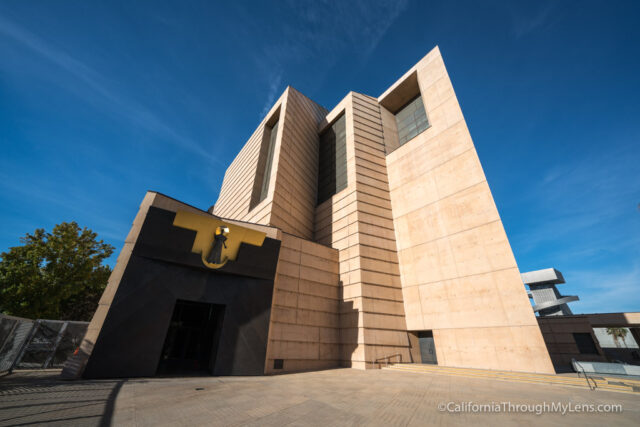
A particularly striking example of gneiss’s harmony with nature is the Mustang Broadcasting Community radio station in Nepal. Designed by Korean studio Archium, this project uses locally sourced gneiss to mirror the rocky mountain landscape, resulting in what has been called “the most beautiful radio broadcasting station in the world.” It’s a powerful testament to how natural stone can help architecture blend seamlessly into its environment.

These global examples show how gneiss continues to inspire architects and designers in creating spaces that are not only functional and enduring, but also deeply connected to nature.





